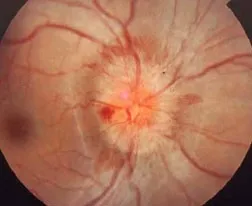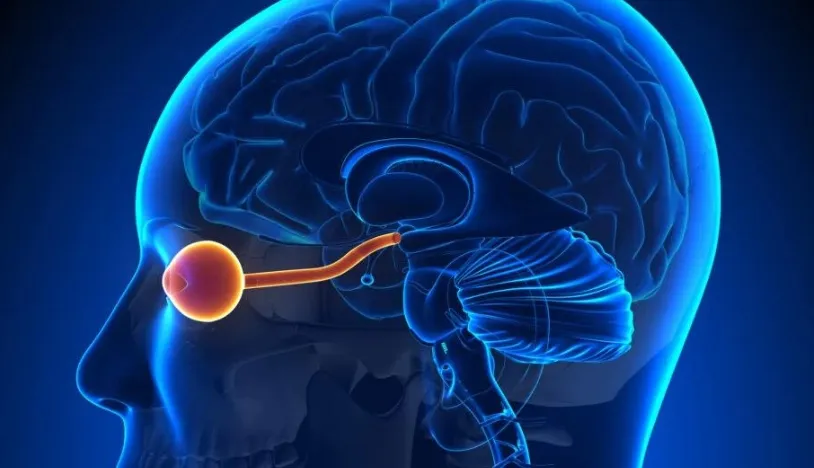Our treatments
ศูนย์โรคตาและระบบประสาทของเรามีความเชี่ยวชาญในการวินิจฉัยและจัดการโรคต่าง ๆ ดังนี้: เส้นประสาทตาอักเสบ ความผิดปกติของเส้นประสาทตา การสูญเสียลานสายตาเนื่องจากโรคหลอดเลือดสมองหรือเนื้องอก การมองเห็นภาพซ้อน (diplopia) ความผิดปกติของการเคลื่อนไหวของดวงตา Papilledema (บวมของเส้นประสาทตา) Idiopathic intracranial hypertension (IIH) โรคทางระบบประสาทที่มีผลต่อการมองเห็น

Optic Neuritis Treatment
Optic Neuritis Treatment
Optic neuritis is inflammation of the optic nerve, which is the bundle of nerve fibers that transmits visual information from your eye to your brain. The Neuro-ophthalmology Center at Bangkok Eye Hospital (BEH) offers comprehensive care for optic neuritis, including diagnosis and treatment.
What is Optic Neuritis
Optic neuritis is inflammation of the optic nerve, which is the bundle of nerve fibers that transmits visual information from your eye to your brain.

What are the symptoms of Optic Neuritis
The most common symptoms of optic neuritis include
- Pain with eye movement
- Vision loss in one eye. This vision loss can range from mild blurring to complete blindness.
- Loss of color vision
- Flashing lights in the affected eye
- A dark spot in the center of your vision
- Loss of peripheral vision

Diagnosis Process
To diagnose optic neuritis, your doctor will perform a comprehensive eye exam, which might include:
- A visual acuity test to measure how well you can see.
- An ophthalmoscopy to examine the back of your eye.
- A visual field test to check your peripheral vision.
- An MRI scan of the brain and orbits to look for inflammation or damage to the optic nerve.

Treatment Options for Optic Neuritis
- Intravenous Corticosteroids:This is the standard initial treatment for most cases of optic neuritis. It helps reduce inflammation in the optic nerve and can speed up visual recovery.
- Oral Corticosteroids:In some cases, oral corticosteroids may be prescribed following the initial intravenous treatment to further reduce inflammation and prevent recurrence.
- Plasma Exchange (PLEX): If intravenous corticosteroids are not effective, PLEX might be considered. This procedure involves removing the liquid portion of blood (plasma) and replacing it with a plasma substitute or donated plasma.
- Disease-modifying Therapies (DMTs): If optic neuritis is associated with underlying conditions like multiple sclerosis, DMTs may be recommended to manage the underlying disease and prevent future episodes of optic neuritis.

Important Considerations
Early diagnosis and treatment are crucial for optimal visual recovery in optic neuritis. Regular follow-up visits are essential to monitor progress and adjust treatment as needed. Lifestyle modifications, such as maintaining a healthy diet and avoiding smoking, can also contribute to overall eye health and recovery. If you or someone you know is experiencing symptoms of optic neuritis, it's important to seek prompt medical attention at a specialized center like the Neuro-ophthalmology Center at Bangkok Eye Hospital.

ဆေးရုံတည်နေရာ
ศูนย์โรคจักษุประสาทวิทยา - โรงพยาบาลจักษุกรุงเทพ
10/989 ซ.ประเสริฐมนูกิจ 33 แขวงนวลจันทร์ เขตบึงกุ่ม กรุงเทพมหานคร 10230

